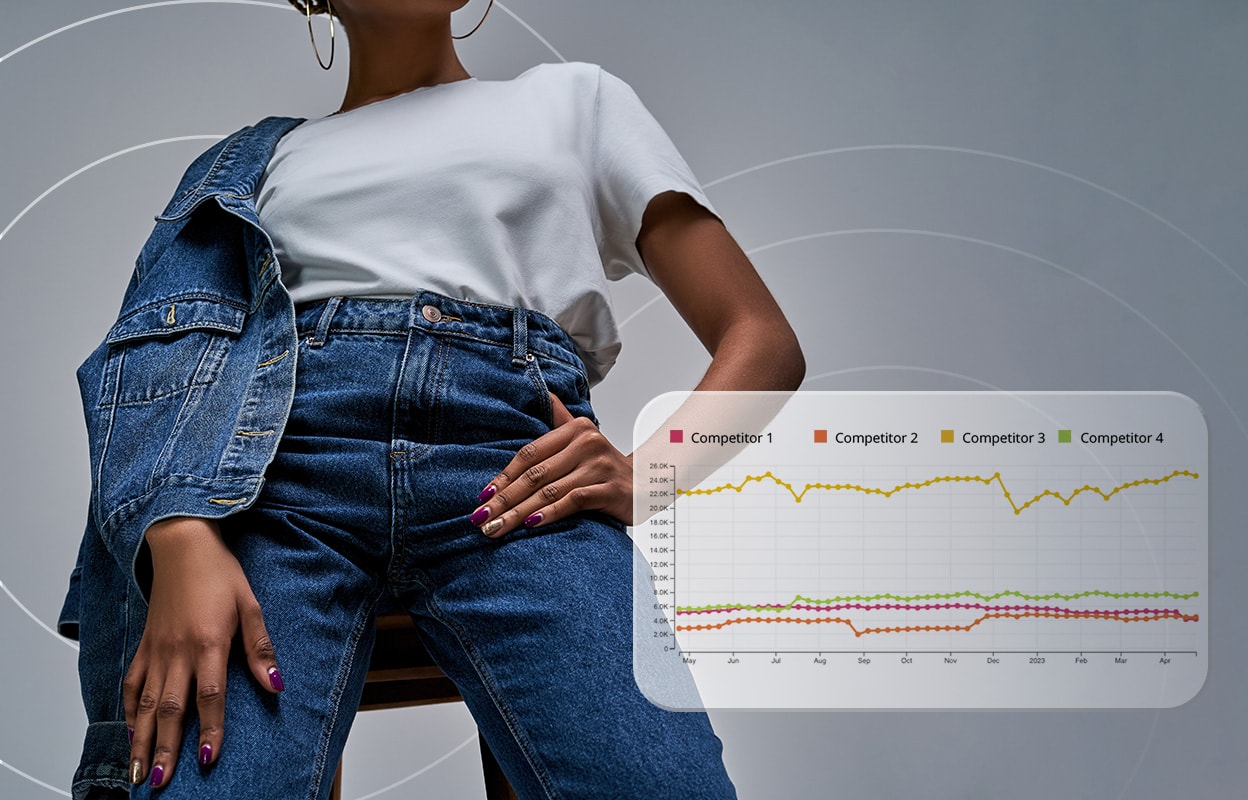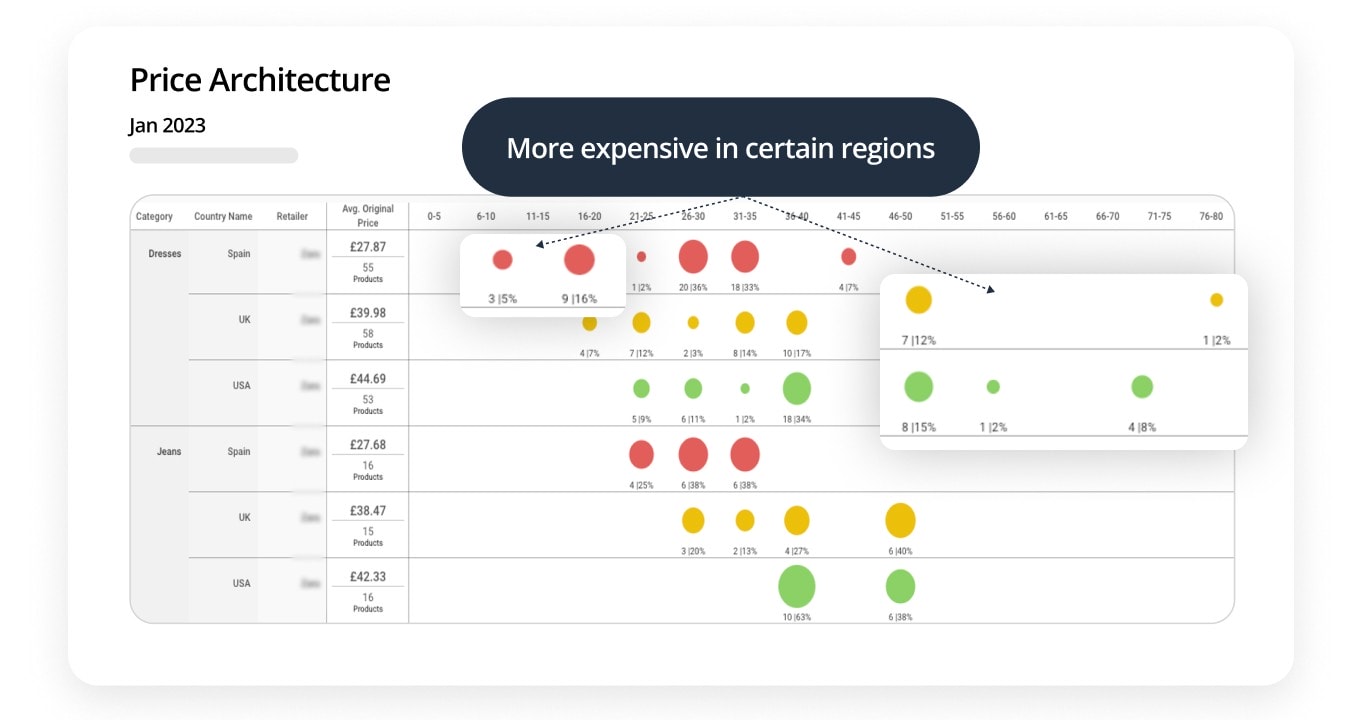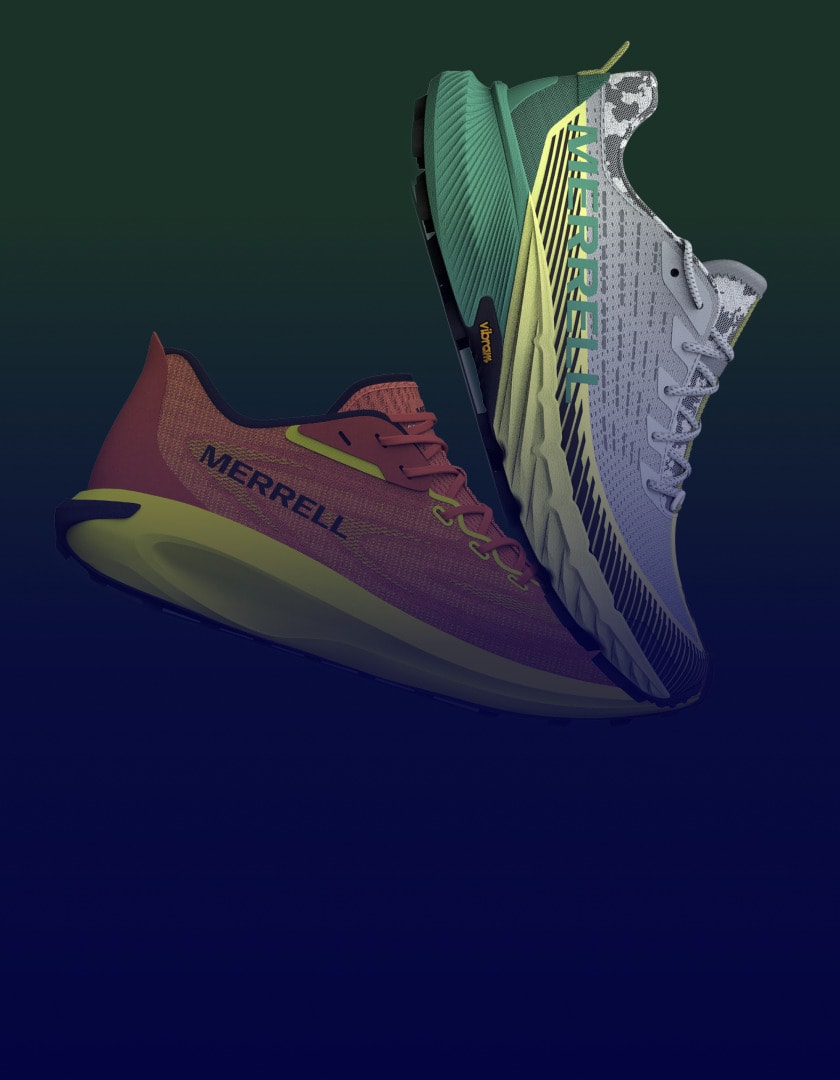The Power of Competitor Price Monitoring in Fashion Retail Industries

In the dynamic and competitive world of fashion retail, effective pricing strategies are critical. Competitor price monitoring involves regularly tracking and analyzing the prices of competing products and brands to make informed pricing decisions for your own goods.
When combined with price benchmarking, this practice helps fashion retailers stay competitive, maximize profits and meet consumer expectations. In this article, we will explore the significance of competitor price monitoring, the methods used and how product lifecycle management (PLM) software can streamline this essential process.
Importance of Competitor Price Monitoring in Fashion Retail
Price is a critical factor that influences consumer decisions in the fashion industry. Competitive pricing can attract more customers, boost sales and increase market share.
For instance, a fashion brand that consistently offers stylish products at competitive prices is likely to build a loyal customer base and outperform its rivals.
Understanding and adjusting to competitor prices is vital for several reasons:
- Consumer behavior: Pricing influences consumer choices significantly. Competitive pricing can attract more customers and enhance brand perception.
- Market share: Staying competitive with pricing helps gain and maintain market share.
- Customer retention: Offering competitive prices improves customer loyalty and satisfaction.
Conversely, failing to monitor competitor prices can lead to lost customers and diminished market presence as shoppers gravitate toward more affordable alternatives.
Methods of Competitor Price Monitoring
Competitor price monitoring can be conducted through both manual and automated methods. Different types of manual and automated competitor price monitoring include:
Manual checking:
- Visiting competitor websites to check prices.
- Subscribing to competitor newsletters for promotional updates.
- Conducting in-store price checks.
Automated checking:
- Utilizing price comparison websites to analyze competitor pricing.
- Employing web scraping tools to gather data from competitor sites.
- Implementing price monitoring software to track and analyze pricing trends.
Generally speaking, automated methods are more efficient and provide real-time data, making them preferable in fast-moving retail landscapes.
Challenges in Competitor Price Monitoring
Despite its importance, competitor price monitoring presents challenges for even the most technologically savvy fashion brands and retailers. Some of the most common problems brands encounter with price monitoring include:
- Quick-moving fashion trends: The rapid evolution of fashion trends makes it difficult to keep track of constantly changing prices.
- Continually changing promotions and discounts: Monitoring temporary promotions and discounts adds complexity to price tracking efforts.
- Large volumes of competitive product data: Handling extensive data from numerous competitors can be overwhelming and difficult to parse.
- Product data accuracy: Ensuring the accuracy and relevance of collected data is crucial for making informed decisions.
Fortunately, PLM software can make competitive price monitoring easier to manage by unifying data sources into one easy-to-handle platform.

PLM software offers a comprehensive solution for overcoming the challenges of competitor price monitoring and pricing intelligence by offering a suite of services designed for innovative brands. Here are some of the most powerful ways PLM can help with price monitoring.
Centralized Data Integration
PLM software integrates all pricing data into a single, centralized platform. This unification allows for seamless access and management of pricing information from various sources.
With centralized data integration, teams can quickly retrieve and analyze competitor pricing, making it easier to compare and adjust their own pricing strategies accordingly.
Real-Time Updates and Alerts
One of the most significant advantages of using PLM for competitive price monitoring is the capability for real-time updates and alerts. PLM solutions can continuously scan competitor websites and other relevant sources, providing instant notifications of price changes.
This real-time monitoring ensures that retailers can respond swiftly to market fluctuations, maintaining their competitive edge by adjusting prices as needed without delay.
Enhanced Collaboration Across Departments
PLM software fosters improved collaboration between various departments, including product development, marketing and sales. By providing a unified platform for all pricing data, the software ensures that all relevant teams can access the latest information—even for competing products and brands.
This collaboration is crucial for aligning pricing strategies with market trends and consumer demands, enabling a cohesive approach to competitive price monitoring and adjustments.
Advanced Analytics and Insights
PLM platforms offer advanced analytics tools that provide deep insights into competitor pricing strategies. By leveraging these analytics, retailers can better understand market trends, identify patterns in competitor behavior and predict future pricing movements.
This data-driven approach allows for more strategic decision-making, helping businesses optimize their pricing strategies—like dynamic pricing—for maximum profitability.
Automation and Efficiency
Manual price monitoring is time-consuming and prone to errors. The right PLM solution automates this process, significantly improving efficiency and accuracy. The software employs web-scraping tools and price comparison features to gather data automatically, reducing the need for manual checks.
This automation saves time and ensures that pricing data is always up-to-date and reliable.
Integration with Other Business Systems
PLM software can seamlessly integrate with many other business systems, such as ERP and CRM platforms. This integration ensures that all relevant pricing data is synchronized across the organization, providing a holistic view of the business operations.
By connecting PLM with other systems, fashion brands and retailers can achieve a more comprehensive and coordinated approach to competitive price monitoring and overall pricing strategy.
What Centric Market Intelligence has been for us is a visual guide to what other retailers are doing. That’s been very helpful, because a lot of my world used to be Excel-based. We were in a meeting a couple of weeks ago and wondered, what is Competitor X doing? And within seconds, we had a quick gauge of what they do, versus having to get interns to sit there for days, extracting 10% of what you need.
Transforming Your Business with Effective Price Monitoring
Effective price monitoring offers many benefits that can significantly enhance a fashion retailer’s competitive edge and profitability. First, it enables informed pricing decisions. By accessing accurate and up-to-date competitor pricing data, retailers can adjust their prices strategically, ensuring they remain competitive without compromising profit margins.
This strategic pricing helps maximize sales and enhance market share.
Additionally, effective price monitoring improves profit margins. When fashion retailers clearly understand the market landscape, they can set prices that attract customers while maintaining healthy and necessary profit margins. This balance between competitive pricing and profitability is crucial for long-term retail success.
Another key benefit is enhanced customer loyalty. Customers are always on the lookout for the best deals and by offering competitive prices, retailers can increase customer satisfaction and foster loyalty. Satisfied customers are more likely to return, resulting in repeat business and a steady revenue stream.
Finally, price monitoring provides valuable insights into market trends and competitor behavior. This intelligence allows retailers to anticipate market shifts, respond to competitor actions proactively and develop robust pricing strategies that align with consumer demand and industry trends.
The Right Competitor Price Monitoring Software is Priceless
Whether launching new product ranges, adjusting prices for inflation, or navigating competition within retail categories, having highly accurate, real-time pricing data is invaluable to today’s fashion brands and retailers.
Centric PLM offers a robust solution for improving competitive price monitoring. By integrating pricing data into a centralized platform, providing real-time updates, fostering collaboration and delivering advanced analytics, Centric PLM enables retailers to stay ahead of the competition.
Embrace the power of Centric PLM to enhance your pricing strategies and drive retail success in a competitive market.








